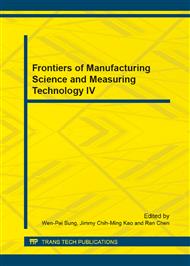p.599
p.603
p.608
p.612
p.616
p.622
p.626
p.631
p.639
Main Technologies of Life Support System of Evacuated Tube Transportation Vehicle Passenger Cabin
Abstract:
The passenger cabin of evacuated tube transportation vehicle is the airproof shell. In order to ensure the safety of passengers, riding comfort and good health, the cabin should be offered with the right pressure, oxygen and temperature-humidity environment, while eliminating carbon dioxide and impurities, providing clean air, retaining a reasonable proportion of inert gas by the life support systems. Passenger cabin pressure system is specified to a mix of oxygen-nitrogen atmospheres, close to 1 atm, the oxygen partial pressure is slightly higher than the value outside the tube, and carrying amount of compressed air decided by the oxygen demand standard 0.038kg/ (person • h); drying phenomenon does not occur in the cabin, but dehumidifying to control the humidity is needed; Sorbent dosage and purification device design is based on carbon dioxide emissions 24L/ (person • h). These functions are attained respectively by some technologies such as cabin pressure controlling, gas supplying, temperature and humidity controlling, air purification and security technology.
Info:
Periodical:
Pages:
616-621
Citation:
Online since:
August 2014
Authors:
Price:
Сopyright:
© 2014 Trans Tech Publications Ltd. All Rights Reserved
Share:
Citation:


